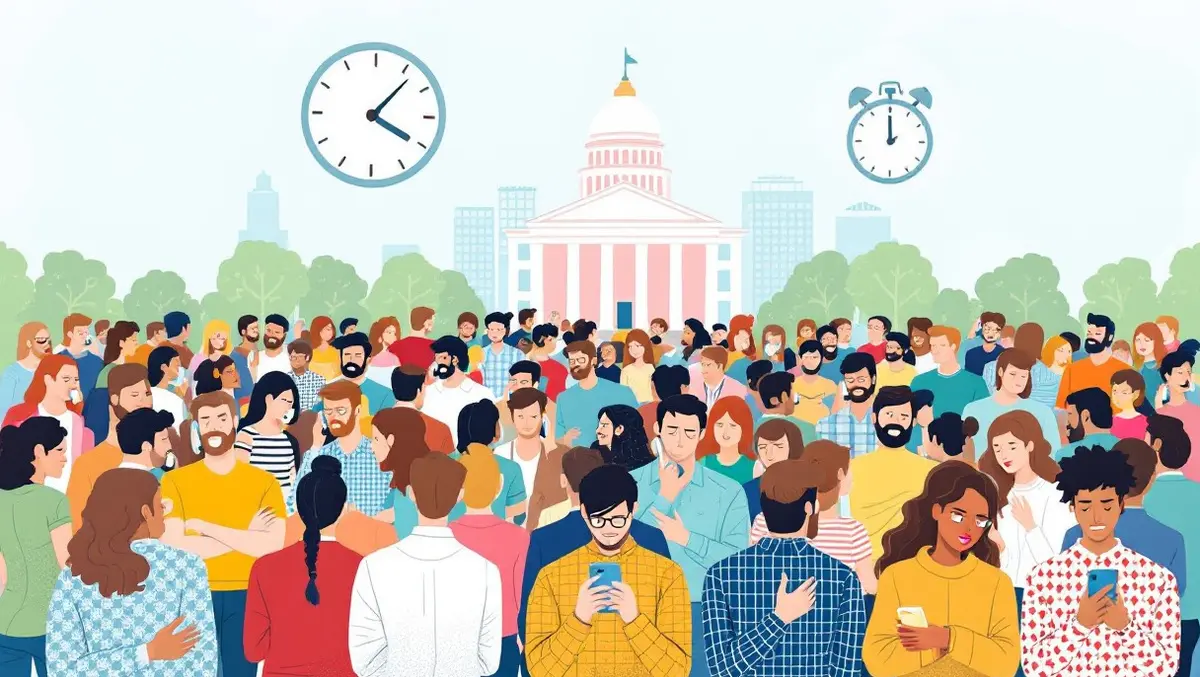
Australians spend 9.8 million hours on hold to government
New research indicates that 57% of Australians say improving government customer service would influence their vote in the upcoming election.
Australians have spent an estimated 9.8 million hours on hold to federal, state, and local agency services in 2024, according to the ServiceNow Public Sector Customer Experience Report.
The research, commissioned by ServiceNow and Weber Shandwick and conducted by Lonergan Research, found a rise in the number of people attempting to contact government services amidst ongoing economic, weather, and health pressures. In 2024, 56% of respondents said they spent time trying to contact government, an increase from 4% in the previous year and 9% two years prior.
The study notes that average time on hold to public sector services has increased by 45% over the past 24 months, rising from 1.1 to 1.6 hours per person. The most common reasons for reaching out included seeking advice or assistance (28%), making a complaint (18%), requesting a service (17%), and obtaining information (15%).
Barry Dietrich, ANZ Group Vice President and Managing Director at ServiceNow, said: "Governments across Australia have invested heavily in digital services, but consumer expectations keep rising. At the same time, difficult economic conditions, natural disasters, and healthcare pressures are driving more Australians to rely on government for support."
He added: "Given the increase in demand for government services, there's a huge opportunity to use technology to do more with less. This can improve services for everyone and be a vote-winner for any party that makes improving service delivery and customer responsiveness a policy priority."
ServiceNow's earlier findings reported that Australians are spending 123 million hours (11.1 hours per person) waiting to make a customer service complaint or resolve an issue in 2024, an increase of 2 million hours over the previous year. Since 2021, the total waiting hours have risen by 20%. The research also ranks government as the lowest performing industry for customer service, scoring 5.3 out of 10.
Long wait times and complicated government systems are affecting mental wellbeing. Over half (52%) of those surveyed said being left on hold negatively impacts their wellbeing, while almost 2 in 5 (37%) report complicated systems have the same effect.
According to respondents, the most frustrating departments to deal with are social services (35%), tax (14%), and local government agencies (13%). In contrast, emergency services and public safety were identified as having the best service (23%), followed by healthcare (16%).
Australians outlined their top priorities for improvements in government customer service before heading to the polls, including reducing time spent on hold (59%), improving the speed and delivery of citizen services (57%), ensuring access to qualified or trained staff (48%), and limiting transfers across departments (47%).
David Thodey, Reserve Bank of Australia Director, University of Sydney Chancellor, Xero Chair, and ServiceNow Advisor, who led the Australian Public Sector Service review in 2021, said: "It's encouraging to see the focus of government agencies and leaders in Canberra who recognise the need to make accessing services fast, simple, and joined-up. As a nation, we've made significant progress over the years, as seen by the OECD's Digital Government Index."
Thodey continued: "We now have an opportunity to adopt more of the latest technologies like AI to further improve how we support citizens. Government services need to empower workers so they can provide critical, empathetic support."
He added: "AI-powered citizen services will help provide consistent service across touchpoints, predict issues before they happen, and make 24/7 access a reality. It is encouraging to see the focus in this area. A good example is the ServiceNSW application has significantly reduced the volume of calls to departments."


